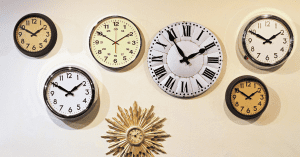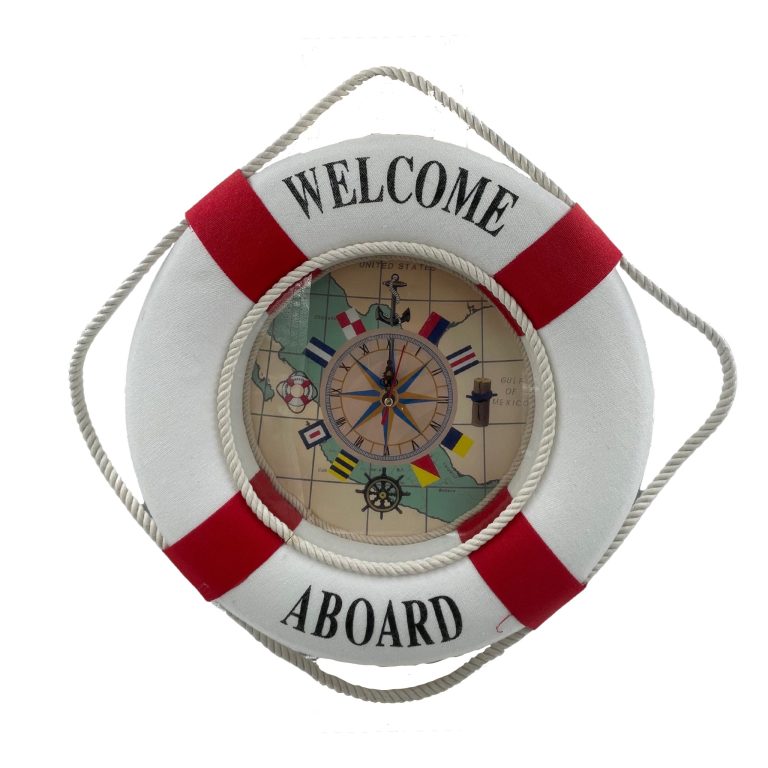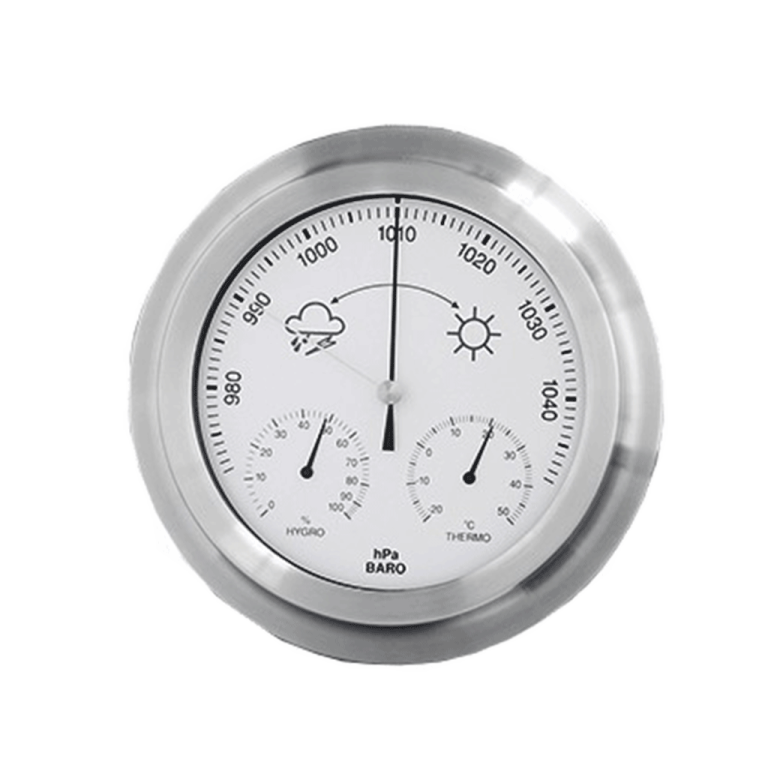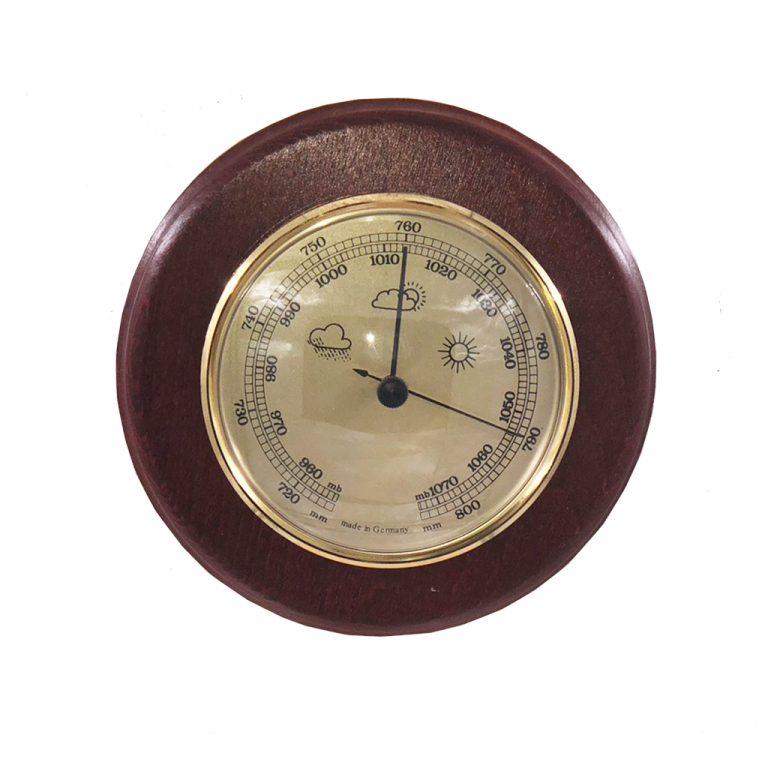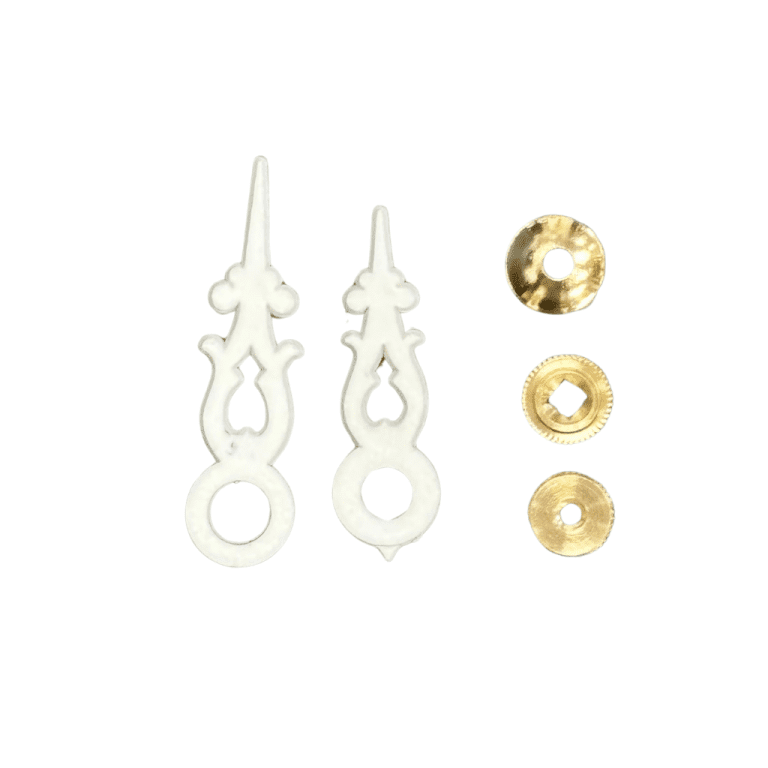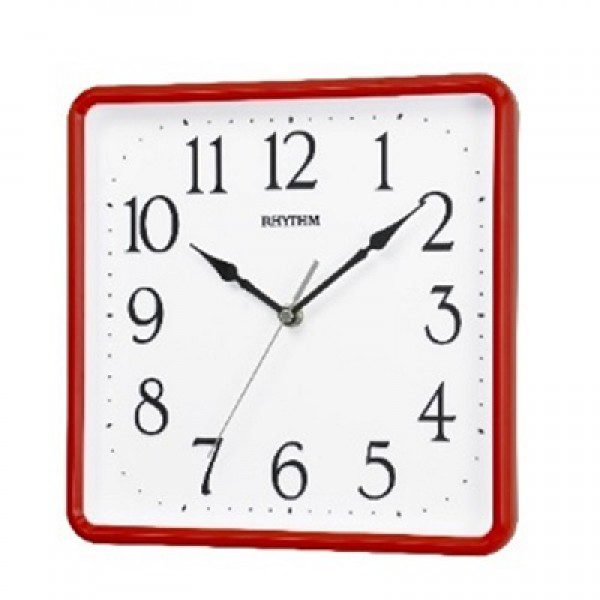Telling time on an analog clock is a lot more complex than you may realize—that is until you start trying to teach this skill to your child. Reading a clock requires an understanding of various mathematical concepts and the ability to synthesize these concepts together in a complex process. A conceptual understanding of the passage of time itself is also vital in understanding how to tell time.1
If you’re feeling stuck on how to teach your kid to tell time, take a deep breath. Learning to read a clock is a step-by-step process that starts with simply building an understanding of what time actually is. Then, it slowly but surely builds to the ablility to read the time to the minute.2
When Should I Start Teaching My Child to Tell Time?
Sometime during first grade when your child is about 6 or 7, you can start teaching them to read an analog clock. “This is the age when they are beginning to understand the passage of time, and the concepts of past, present, and future,” says Sarah Miller, a teacher with a degree in education and over a decade of experience.3 “This is also the age when kids have the math skills necessary to be able to read an analog clock.”
Mastering the skill of time-telling takes, well, time. First graders can learn to tell time to the hour and half hour.3 By second grade you can work towards telling time to the nearest five minutes, and maybe by the minute if they are ready.4 Telling time to the minute may take until age 8 to master.2
Getting Your Child Ready to Tell Time
Before learning how to tell time, kids need to have a basic understanding of the idea of the passage of time. They need to know that time is divided into units like days, hours, and minutes.1 “It would be practical to use time vocabulary such as morning, afternoon, noon, night, before, and later, and weave it into everyday activities,” suggests Mattea Padilla, a special education teacher and homeschooler. “Get [children] used to what five minutes means by actually setting your timer for five minutes and ending an activity.”
To help kids understand this concept, you can talk with them about their daily routine.1 “One of our favorite activities is to make cards listing the activities that happen as a part of our daily routine,” notes Miller. “Then, I ask my kids to put the cards in order, showing what happens first, next, and later on.”
Before learning how to tell time on an analog clock, kids need to have some basic math skills as well. They need to be able to count to 60 as well as recognize and read numerals from one to 60.1
Although time-telling will ultimately require kids to be able to count by fives and to add ones onto the total, these skills are not necessary before getting started initially.
Telling time is an abstract process so it’s necessary to use lots of concrete, hands-on supports in teaching it to young children. Here’s how to do it.
Materials for Teaching Time
Useful tools in teaching kids to read a clock include a working analog clock with the minutes marked off either by ones or by fives, from zero to 60; a play-clock that allows you to move the minute hand to show any time; and printouts of clocks with the hours divided into “pizza slices” at each big number.
Step 1: Identify the Parts of the Clock
The first step in learning to tell time is being able to identify the parts of a clock. This includes the numbers, the hour hand, and the minute hand. If possible, avoid using a clock with a second hand while teaching time-telling. This can be confusing and distracting to kids until they get the hang of things. Explain the parts to your child, and let them practice pointing out which part is which.
Step 2: Teach Telling Time to the Hour
After your child is familiar with the parts of a clock, you can start showing them what time to the hour looks like. Teach them to first identify the hour using the hour hand, and then look to see if the minute hand is up at the 12. If so, it’s that-hour-o’clock.
Practice with a mix of asking what time it is on a clock and having your child set the clock to a time you give them. (For example, you can say, “Can you show me what 5 o’clock looks like?”) Finding opportunities to “discover” time to the hour on a digital clock can help them learn what time means, too. “If bedtime is 8:00 p.m., you could tell your child that when the clock says 8:00 they will need to go to bed,” suggests Miller. “They can watch for the ‘8’ with two ‘0’s’ to know when bedtime will happen.”
Step 3: Teach Telling Time to the Half-hour
When your child has a solid understanding of telling time to the hour, introduce time to the half-hour. They should learn to recognize times like 3:30, 6:30, or 11:30 by sight.
When you begin this step, it is very important to point out that the hour hand is not always pointing directly at the big number. Tell your child that we always look at the big number that the hour hand is right after.
Kids may stay in the phase of being able to identify time to the half-hour for some time. In the meantime, they need to learn to count by fives.
One way to help children grasp the idea that the hour hand doesn’t always point straight at its number is to draw lines straight across your clocks, splitting it up into pizza-like pieces. Label these “pizza slices” with the hour they represent.5
For example, the pizza slice for two o’clock would range from the clock’s two to its three. Anytime the hour hand is in this “slice,” the hour is two.
Step 4: Teach Telling Time to Five-Minute Intervals
Once kids can fluently and automatically count by fives, you can start teaching them to tell time to the five-minute interval. At this step, you will need to explain that they can count by fives around the clock to figure out how many minutes it is past the hour.
Continue to work on only times up to thirty minutes past the hour, such as 5:15, 5:20, or 5:05, but not 5:45 or 5:50. It’s best to avoid times past the thirty-minute point until your child is cognitively ready, closer to age 7. “This can be a tricky concept for kids and is one that often requires some extra practice,” notes Miller.
Step 5: Teach Times Past the 30-Minute Point
Reading times like 3:45 or 6:55 can cause confusion because at these times, the hour hand moves closer to the next hour. For example, when a clock shows 3:50, young kids will often read it as 4:50 because the hour hand seems to be pointing to the 4.
When your child seems ready, take out your play-clock and let them observe how the hour hand slowly moves from one number to the next as the minute hand makes its rounds. Then start to work on times like 40 and 45 minutes past the hour. Finally, move on to times like 50 and 55 minutes past the hour.
Talk about why the hour hand may look like it’s pointing to the 3 when the time is 2:55. If you split your clock into pizza slices to represent the hours, it’s easy to explain that the hour hand is not quite in the next pizza slice yet.
Telling time is a conceptual, abstract skill that you can start teaching around age 6. Before then, get kids familiar with the concept of time by talking about its role in your daily lives.
The steps to learning to tell time may take a couple of years to fully master. First, teach your child how to the hour, then to the half-hour, then to the five-minute interval, and finally to the minute. Stick to times within the first thirty minutes of the hour until your child is cognitively ready to understand that the hour hand will be closer to the next number as the minute hand approaches 60.
Time-telling is a real-life skill, so find any opportunity you can to use clocks naturally throughout the day, and soon, your child will be a time-telling master.
Credited t: verywellfamily


